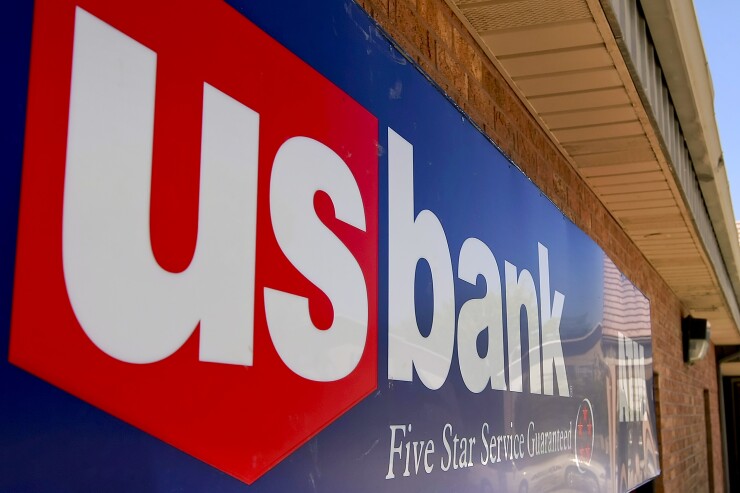U.S. Bank wants to disrupt the way consumers pay their bills by offering billers a new platform fit for faster payment rails, new messaging formats and digital assistants.
While U.S. Bank directly supports online bill payment for consumers through its own website, its treasury management department has rolled out a new platform for commercial customers called eBill Service that offers a wider array of channels and methods for consumers and small businesses to pay their bills directly.

The move acknowledges the fact that while banks have offered online bill payment services for years, the majority of consumers prefer going directly to billers’ websites to pay bills, according to research from Aite Group.
U.S. Bank sees this gap as an opportunity to give large billers — utilities, higher education, government agencies and insurance companies — better tools to present and collect bill payments through their own channels.
“The payments landscape is changing in the U.S., with more real-time, faster payment and digital options, and consumers want more choices,” said Sayantan Chakraborty, head of product management for global treasury management at U.S. Bank.
Working with the software firm Alacriti, U.S. Bank designed an API-based platform for billers that’s configurable, so the bank’s treasury customers may customize bill payment options, adding faster payment options and chatbots as they become available, Chakraborty said. Billers could enable any voice assistant with the new platform, he added.
“Billers will choose which communication channels and payment rails are most appropriate for their audiences to receive and pay bills, and eBill Service can be configured accordingly to support those features,” Chakraborty said.
Currently, visiting a website or sending an email is the most popular way for consumers and small businesses to pay bills — but texting, messaging, digital assistants and interactive voice response are growing in popularity, according to Chakraborty.
“Through these services, U.S. Bank customers will be able to respond to their own customers’ preferences and needs as they evolve,” he said.
U.S. Bank recently piloted eBill Service with several billers, Chakraborty said.





